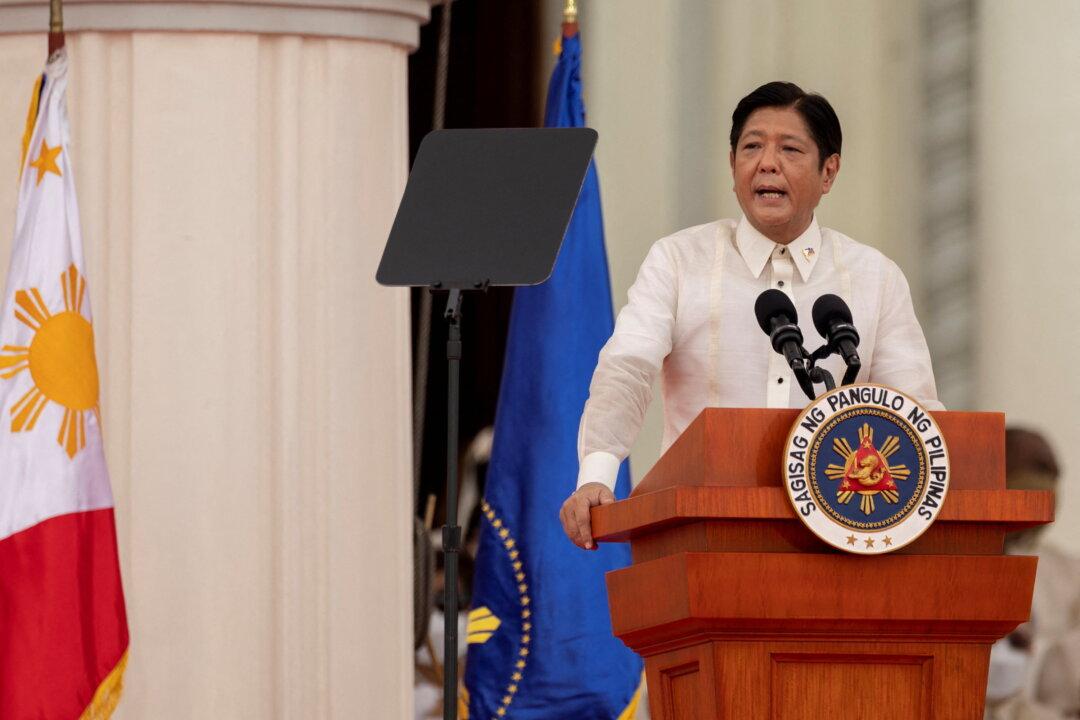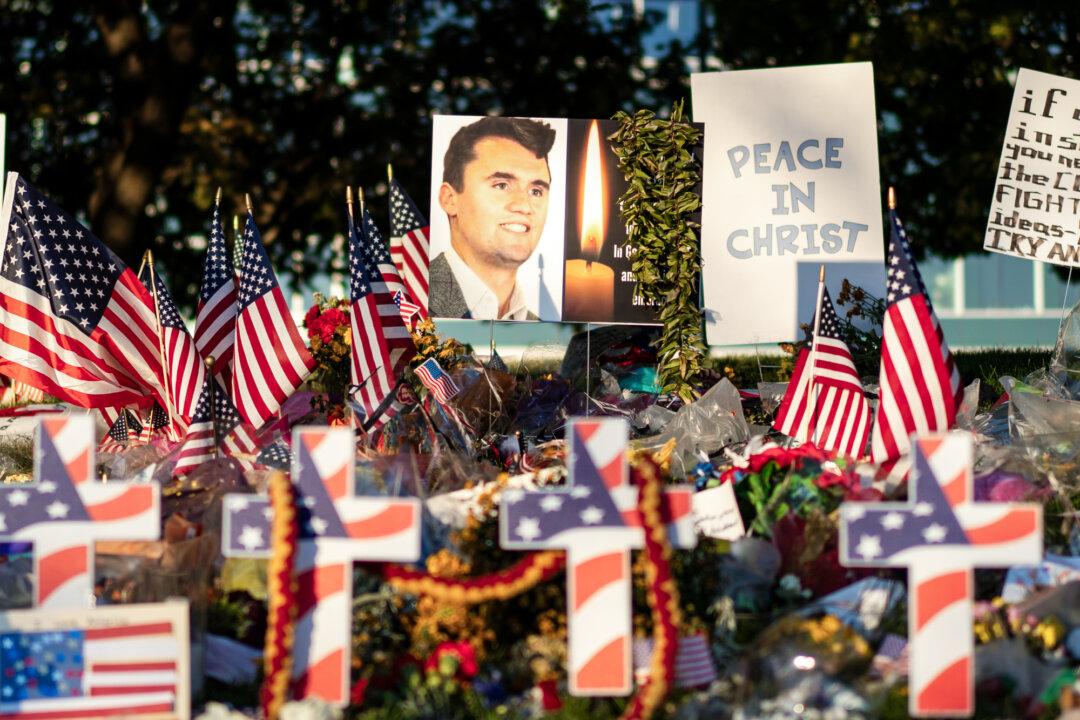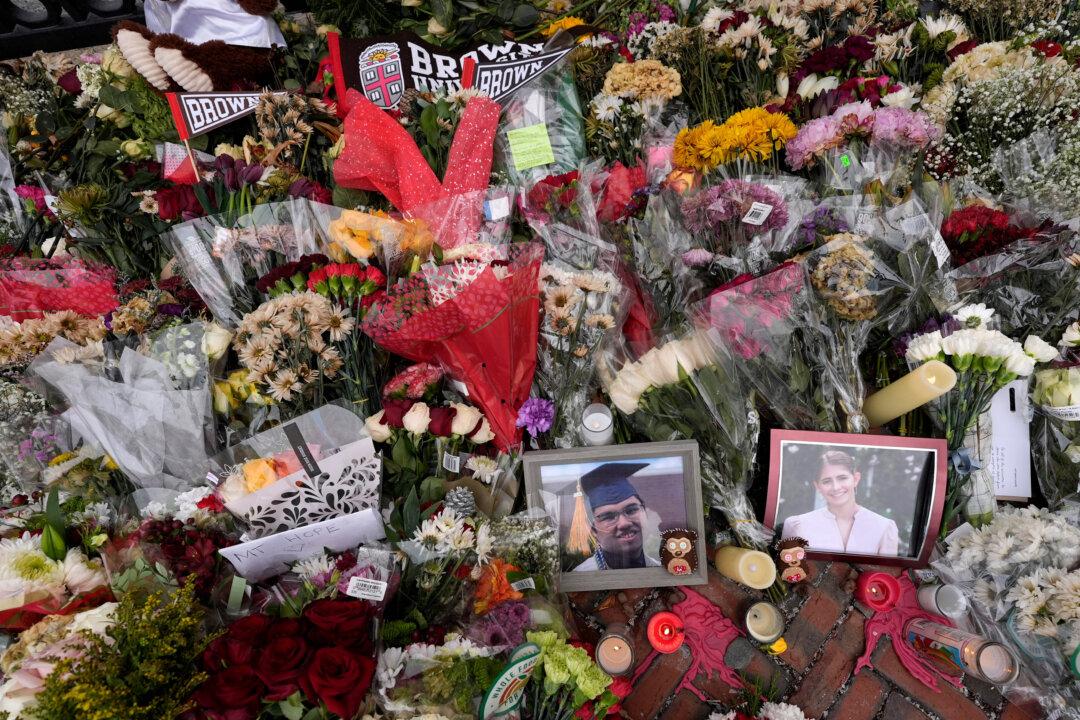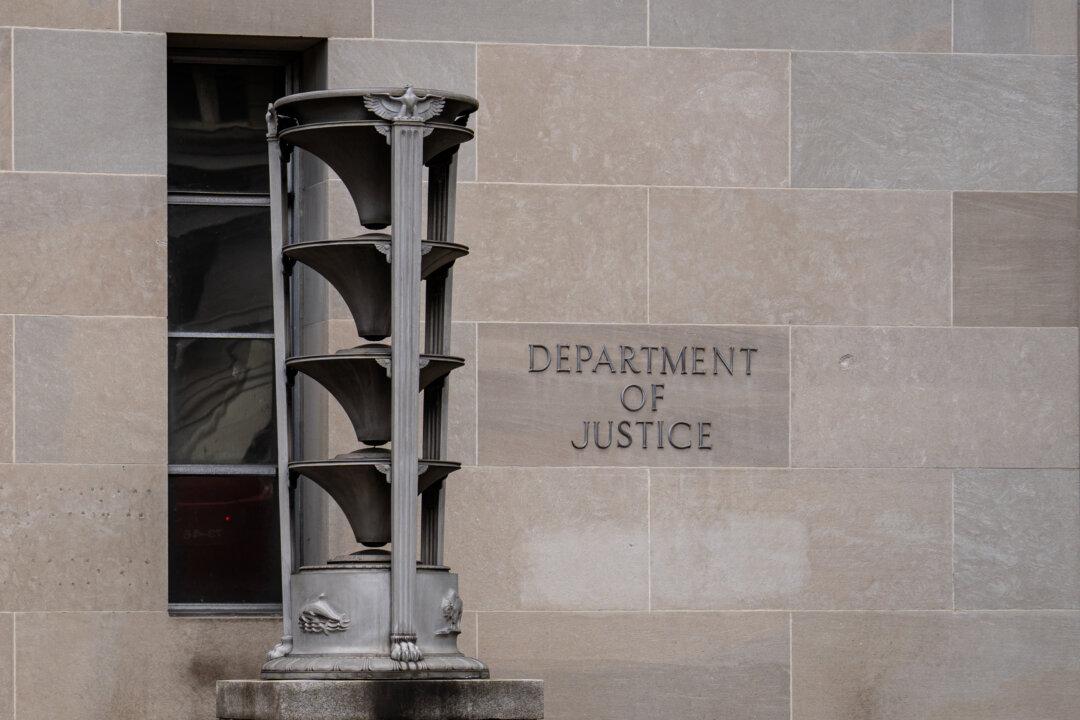Philippine President Ferdinand Marcos Jr. arrived in Japan on Wednesday to hold talks with his Japanese counterpart on deepening security ties amid concerns over China’s increasing assertiveness in the Indo-Pacific.
Marcos will meet with Japan’s Prime Minister Fumio Kishida and other top officials during his five-day visit to Japan to enhance “regional cooperation in a broad range of engagements,” his office said in a statement.





